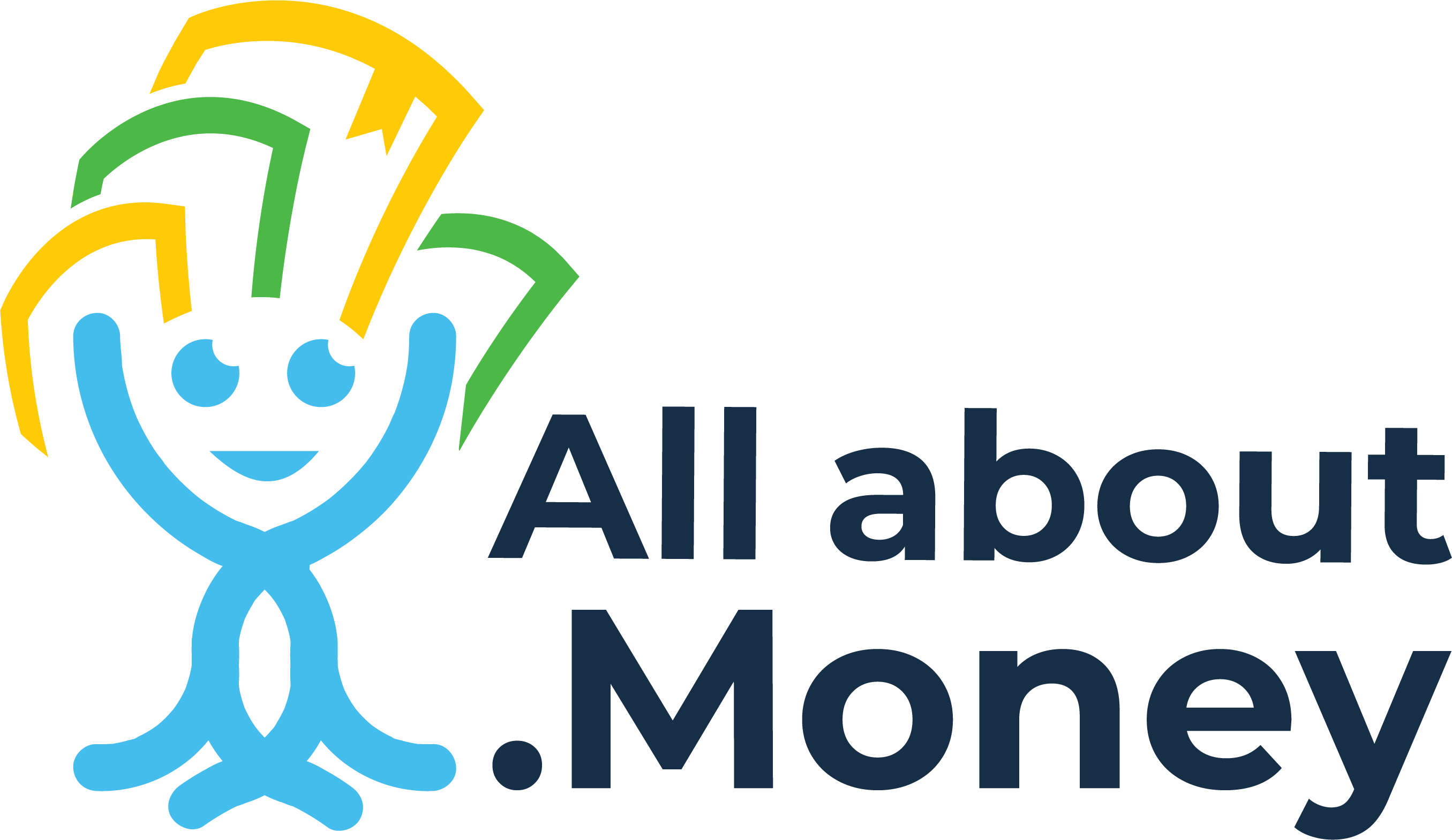NFTs are non-fungible digital tokens created for the purpose of recording and verifying ownership of a digital asset. A variety of Art, Music, Trading Cards, Domain Names, and online gaming collectibles all trade as NFTs. Efforts to apply NFTs to the transfer of physical assets, such as real estate, are underway.
NFTs are available on a variety of platforms with the largest being Opensea. Others are Mintable, Rarible, Superrare, Foundation, Solanart, Binance, and Crypto.com. NFTs are offered in different cryptocurrencies which impacts transaction costs. Etherium is currently used the most, but has the drawback of exhibiting high transfer costs (aka gas prices). Solana is currently gaining popularity.
Each marketplace has specific crypto wallet requirements, so check which one you need. Metamask and Coinbase Wallet are frequently used.
To reduce your transaction costs when buying NFTs, you can try to identify times during which gas prices are lower, e.g. via the Etherscan Gastracker. Gas costs compensate miners to add the transaction to the blockchain. If you low-ball gas costs too much, your transaction may take hours to work its way through a congested Etherium network, or it may not go through at all. When you successfully purchased an NFT, it will not show up in your wallet. In order to see it, using the Opensea example, you need to connect your wallet to Opensea and navigate to ‘my profile’.
Rankings of NFT collections are listed on a variety of websites, e.g. Coinmarketcap. Some NFTs within a collection are rarer than others and you can check the rarity score via Rarity Tools.
You can also purchase NFTs as they are created or “minted”. Upcoming NFT “drops” are listed on Nextdrop and Nftcalendar, or announced via Twitter. If you help to promote projects (info typically shared on discord servers or twitter – links available on the project’s website), you can get access to free NFTs drawings or access to pre-sales. Minting for an in-demand project can lead to “gas wars” in which buyers pay high transaction fees in an attempt to push through their transaction.
Once an NFT project becomes popular, fake accounts (duplicates) frequently show up, so double check who you are buying from. It’s best to review the Opensea link provided on the project’s website/artist’s social media account. Another common trick is for fraudsters to sell collection bundles in which the first items are legitimate, but subsequent ones are either fake or unrelated and cheaper NFTs.
This blog post does not represent a recommendation to purchase NFTs or crypto assets and does not represent financial advice. NFTs are a relatively new asset class and are extremely volatile. Many NFTs may turn out to be worthless. Make sure to do your own research before investing. Absent specific representations to the contrary, buying an NFT does not mean that you are buying the underlying physical artwork, if applicable. Make sure to closely review the NFT Terms of the issuer/artist.
